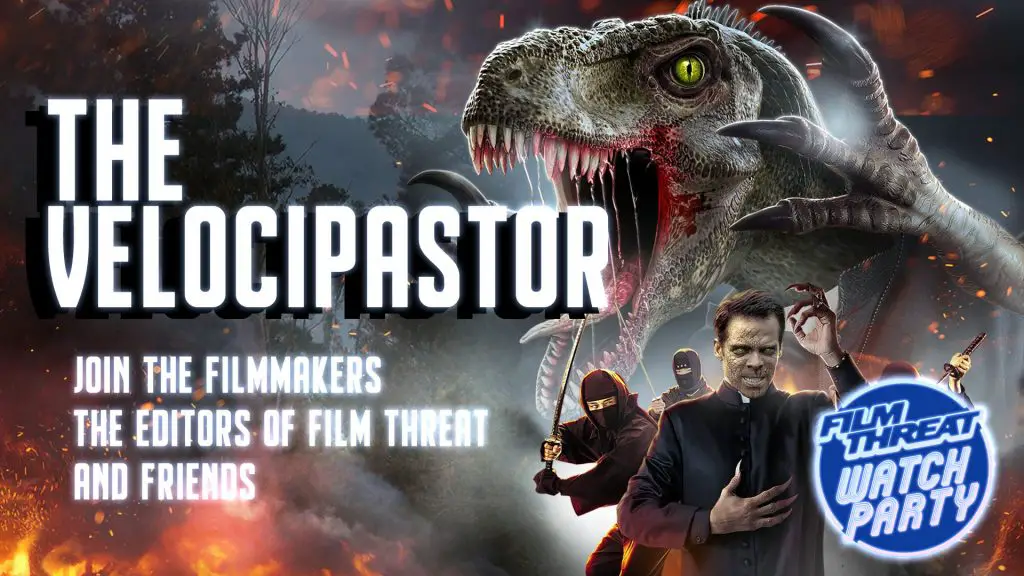
Black and white still images of abandoned, decaying industrial spaces and busy urban intersections are presented in sequence, giving the impression of a film with a very slow frame rate of about 2 frames per second. Since the images clearly occur in sequence and give the impression of continuity and movement, the effect is of still images haltingly and awkwardly trying to form themselves into movies. These images are intercut with handwritten intertitles with various philosophical observations about memory, images, and photography. The main idea seems to be that memory is a way of actively, creatively reshaping experience to give meaning to life. At the end of the film, the urban images give way to a field of echinacea flowers. The soundtrack, which had been a collage of urban, industrial sounds, gives way to birdsong.
The abandoned industrial images themselves contain the idea of a landscape with a memory, since they are images of places whose usefulness and vitality is in the past. The use of handwritten titles and hand processed film underscores the theme of the creative, positive use of images. The change to the field of flowers gives a feeling of breath and of expansion to the end of this short film, as if the transformative power of memory had revitalized the (inner) landscape. Although I wish Chiarantano had found a way to make his point without the text, which I found a bit heavy-handed and unnecessary, the film has a lovely, poetic quality.

